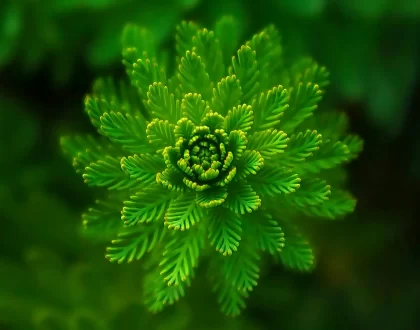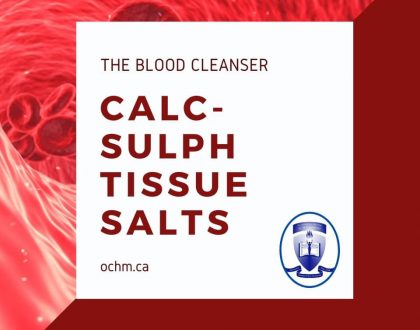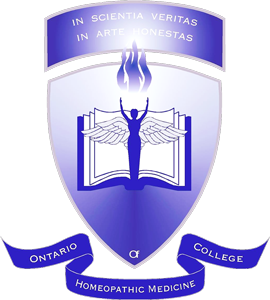Steps to First Aid

Homeopathy Made Simple
First Steps to First Aid
Homeopathy is easy to use and easy to learn. With just a handful of remedies, even a beginner can make a big difference to everyday health problems. The homeopathic remedies are inexpensive, long-lasting, and safe for all ages.
Be Prepared
The first thing is to put together a small home-use kit of common remedies. Add a couple of homeopathy books that explain how and when to use these remedies so that when the unexpected happens you will have what you need at your fingertips.
One Step at a Time
When you first start using homeopathy, it’s best to practice with simple first-aid problems such as minor cuts, burns and bruises until you are familiar with how the remedies work.
As nearly everyone experiences the same symptoms with first-aid injuries it is easy to learn which remedy to give for each situation. To help you on your way, included is a list of the top 20 remedies for first-aid problems.
Top 20 First-Aid Remedies
With a small investment in some common remedies you will be well-prepared for most first-aid situations – at least as far as homeopathy goes.
1. Acon – The first remedy to think of for panic, fear and shock, especially if the person is hyperventilating.
2. Apis mellifica (Apis) – Great for bites and stings with rapid swelling – the affected area is puffy, white or rosy, feels hot and is better for cold compresses.
3. Arnica montana (Arn.) – A good remedy for recent or active bruising, soreness of muscles and joints, and after dental work. Also helps nosebleeds from injury or on lifting heavy objects and the early stages of a black eye. Use in the first 24 hours following a fracture to control bleeding and swelling and to promote healing.
4. Arsenicum album (Ars.) – First remedy to think of for food poisoning, especially from meat. The vomiting and diarrhoea is accompanied by chills, exhaustion, and restless anxiety.
5. Belladonna (Bell.) – Suits heatstroke or exhaustion. The skin is hot and red, the face flushed face, eyes glassy, and the head throbs.
6. Calendula officinalis (Calen.) – Wonderful for superficial wounds, grazes and even lacerated skin. It promotes healing and reduces infection.
7. Cantharis vesicatoria (Canth.) – An excellent remedy for blistering burns or scalds including sunburn, 2nd to 3rd degree burns, and wasp stings. The pain is searing and soothed by cold compresses.
8. Cocculus indicus (Cocc.) – A key remedy for motion sickness and faintness, especially if worsened by loss of sleep.
9. Euphrasia officinalis (Euphr.) – Comes from the herb, eyebright, and relieves persistent pain following the removal of a foreign object, or irritated, streaming eyes and nose.
10. Glonoinum (Glon.) – Suits heat stroke in which there is a congestive headache, surging of blood to head and heart, and pulsating pains.
11. Hypericum perforatum (Hyper.) The main remedy for injuries to nerves or nerve rich areas such as finger tips and the spine. Useful for wounds with shooting nerve pain, dental work with shooting nerve pain, painful lacerations, and puncture wounds.
12. Ledum palustre (Led.) – A good remedy for puncture wounds, bites and stings, and twisted or sprained joints, especially ankles. Wounds are cold and mottled, and the pain is soothed by a cold compress.
13. Nux vomica (Nux-v.) – The main remedy for hangover or indigestion from over-indulgence. Also useful for food poisoning in which there is constant retching or urging at the toilet.
14. Phosphorus (Phos) – Treats many after-effects of electroshock. It is also a remedy for nosebleeds from blowing the nose.
15. Rhus toxicodendron (Rhus-t.) – A good remedy for contact allergic reactions such with poison ivy that has resulted in red, swollen and itchy blisters.
16. Ruta graveolens (Ruta.) – A wonderful remedy for sprains, strains and ganglions, especially of the wrists or ankles. Suitable for injuries to tendon or bone periostium, which may also arise from dental work.
17. Silicea terra (Sil.) – The ‘homeopathic scalpel’. When used for embedded foreign substances it helps the body expel them.
18. Symphytum officinale (Symph.) – The main remedy for fractures once the bone has been set – don’t use before (use Arnica instead) as the early bone regeneration it stimulates will have to be disturbed on the setting. Also useful for punctured or ruptured eyeballs.
19. Tabacum (Tabac.) – A good motion sickness remedy when there is nausea, dizziness, chills, and sweating. Symptoms are worsened by tobacco smoke.
20. Urtica urens (Urt-u) – Useful for scalds or burns with continuous stinging or burning pain.
How Often to Take a Remedy
The frequency with which a remedy is given depends on the intensity of the complaint – the more intense the symptoms, the more frequent the dose.
The golden rule of homeopathy is that once symptoms start to improve, stop taking the remedy. Only re-dose if improvement slows or symptoms start to return.
Credit to: Fran Sheffield, Homeopathic Consultant and Educator
Information contained in this article should not be taken as individual medical advice, nor is it intended as a substitute for consulting your medical practitioner and/or healthcare practitioner. Be sure to consult a Licensed Homeopath before starting any new remedy protocol.
Recommended Posts

Exploring the Lesser-Known Aspects of Aethusa Cynapium: Its Relationship with the GI Tract and Animal Lovers
March 27, 2024

Calc-sulph Tissue Salts is considered “the Blood Cleanser”
April 20, 2021

Ferrum Metallicum is a great Homeopathic Remedy for Anemia
April 20, 2021
